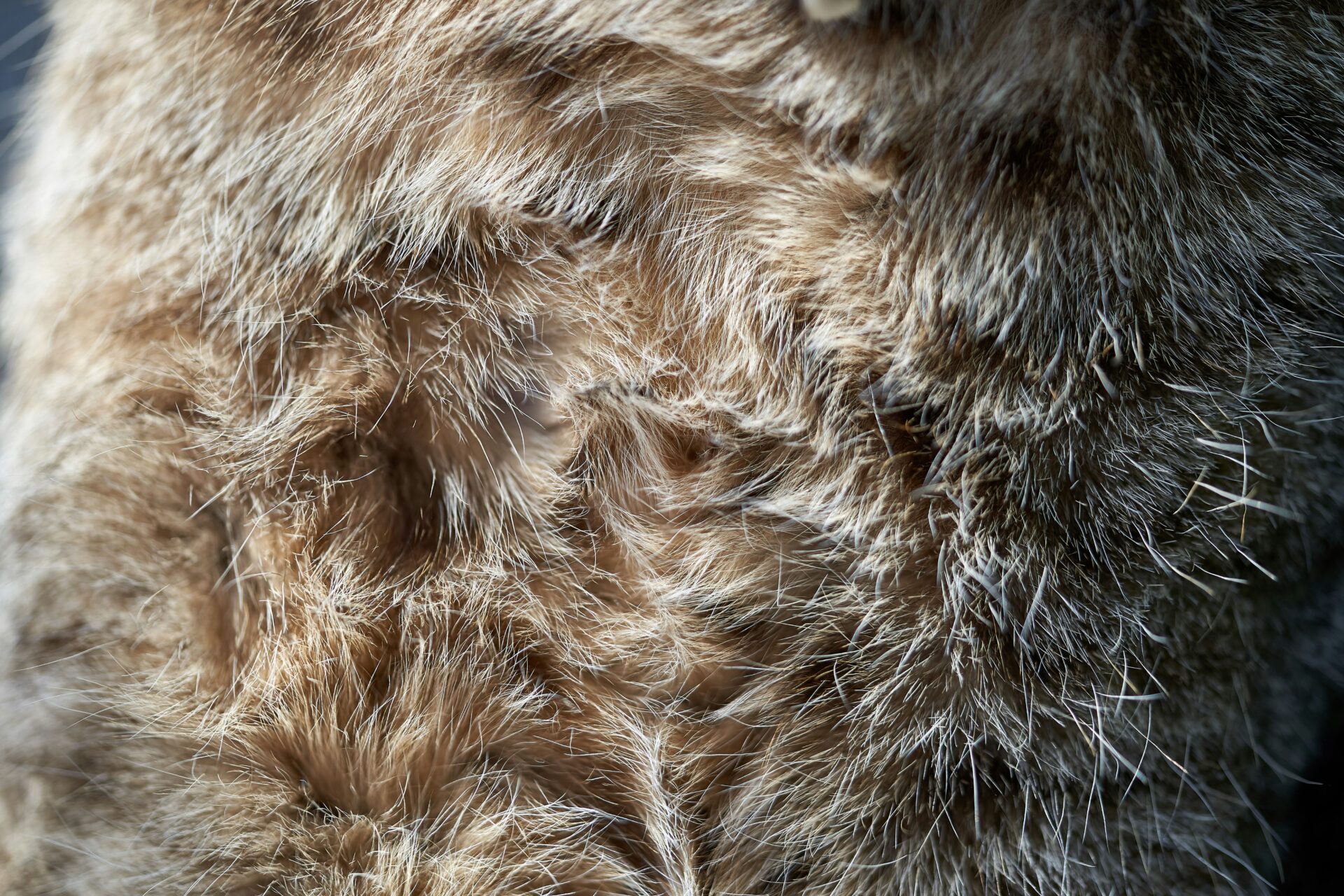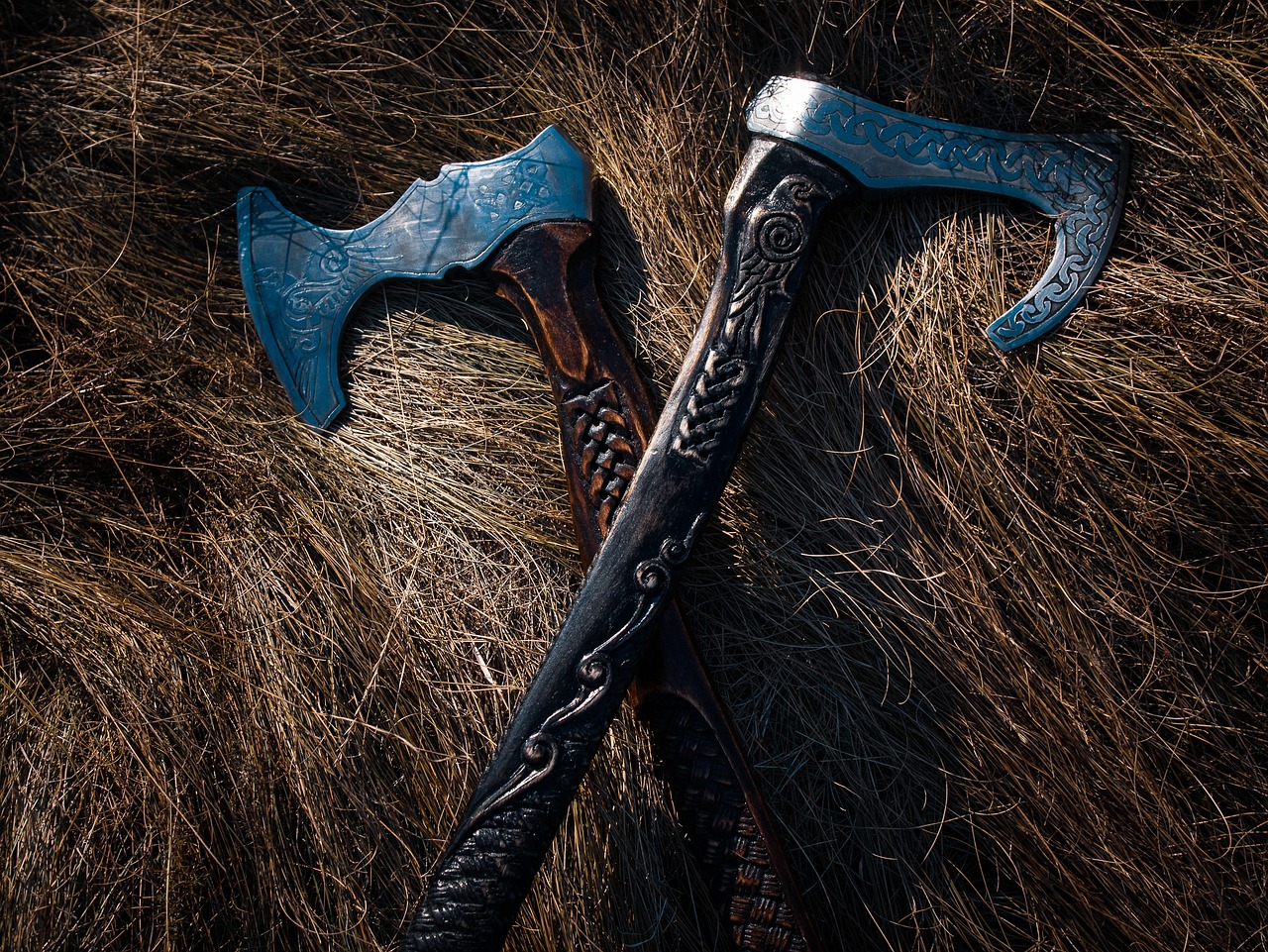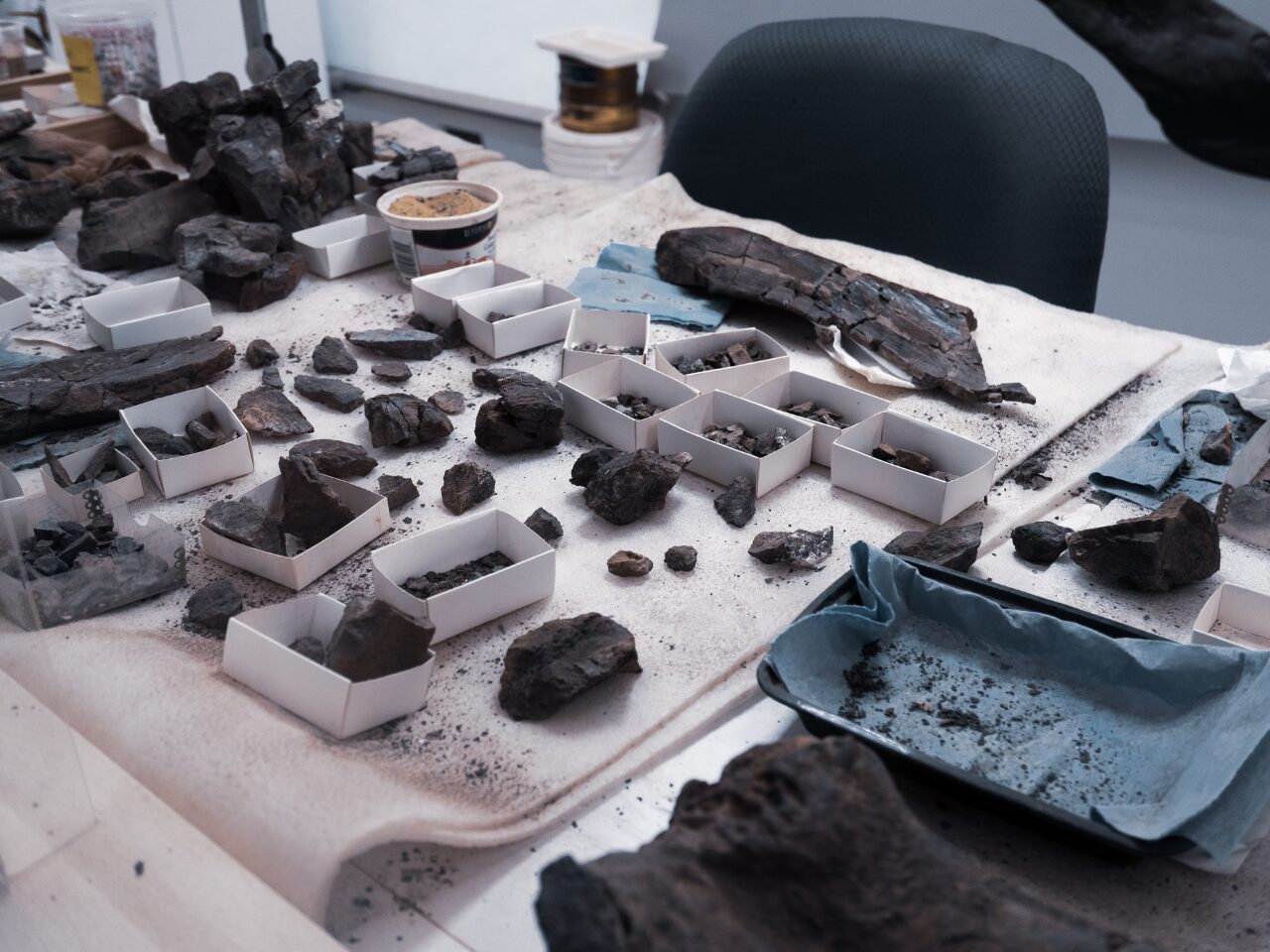When I first heard about the South Tyrol Museum of Archaeology, I thought it was just about Ötzi the Iceman. I was wrong. While the famous 5,300-year-old mummy is certainly the star attraction, there’s so much more to discover beyond this frozen marvel.
The museum offers a complete archaeological experience that brings ancient history to life through educational and engaging displays.
Walking through the exhibits, I was amazed by how they’ve created an immersive journey through time. Each artifact tells a story, connecting visitors to the people who lived thousands of years ago in this Alpine region.

Since opening in 1998, over 5.5 million people have visited this remarkable museum in Bolzano to see Ötzi and his belongings. The climate-controlled freezer housing the Iceman is just the beginning of your adventure. I spent hours exploring the meticulously preserved artifacts that paint a vivid picture of prehistoric life—from tools and clothing to weapons that survived millennia beneath the ice.
Unveiling the Iceman: Discovering Ötzi
The story of Ötzi the Iceman represents one of archaeology’s most remarkable discoveries. This naturally mummified man from the Copper Age has transformed our understanding of prehistoric life in the Alpine region.
The Accidental Discovery
I still remember the excitement that swept through the archaeological community when two hikers stumbled upon Ötzi in 1991. They were trekking across the Similaun glacier in the Tyrolean Alps when they spotted something unusual protruding from the melting ice.
At first, they thought it might be a recent casualty. Little did they know they had just made one of the most significant archaeological finds of the century! The warming climate had caused the glacier ice to retreat, revealing this ancient human who had been preserved for over 5,000 years.
What makes this discovery so extraordinary is its accidental nature. If not for that particular warm season causing ice melt at that specific location, Ötzi might have remained hidden for many more centuries.

First Glimpse into the Past
When I first visited the South Tyrol Museum of Archaeology in Bolzano, I was amazed to learn how Ötzi’s body had naturally mummified. The unique conditions within the glacier caused his body to dehydrate while preserving his skin, organs, and even his equipment.
Scientists quickly realized this wasn’t just any mummy. Ötzi provides us with an unprecedented window into Copper Age life. His body bears tattoos, his stomach contains his last meal, and his clothing and tools showcase remarkable craftsmanship.
Today, he rests in a custom-built, climate-controlled freezer that mimics his glacial environment. The museum has created an immersive experience around him, allowing visitors like me to come face-to-face with this ancient man.
His discovery sparked a true crime mystery spanning millennia. Modern analysis revealed a violent end – an arrow wound and blunt force trauma suggest Ötzi met with foul play 5,300 years ago.
Journey to the South Tyrol Museum of Archaeology
The South Tyrol Museum of Archaeology in Bolzano offers visitors a unique peek into prehistoric life through its remarkable exhibits. This world-famous museum houses one of the most significant archaeological discoveries in recent history.
Setting Foot in Bolzano
I arrived in the charming Alpine city of Bolzano on a crisp morning, eager to visit the museum that houses Ötzi the Iceman. The city’s blend of Italian and Austrian influences creates a distinctive cultural atmosphere that sets the perfect stage for exploring ancient history.
Finding the museum was straightforward as it’s centrally located near convenient parking and other attractions. I recommend arriving early to avoid crowds, especially during tourist season.

The building itself has a modern design that contrasts beautifully with the historic surroundings of Bolzano. Walking through the entrance, I immediately sensed the importance of what lay inside.
A Museum Tour Experience
The museum spreads its treasures across three floors, with the permanent exhibition dedicated entirely to Ötzi and his world. I was immediately drawn to the climate-controlled freezer where the 5,300-year-old mummy is preserved.
What makes this experience special isn’t just seeing Ötzi himself but exploring his complete story. The exhibits display his remarkably preserved clothing and equipment, offering incredible insights into Copper Age life.
I found the educational displays both engaging and accessible. Interactive elements help visitors understand the scientific processes used to study this ancient man.
The museum does an excellent job balancing scientific information with compelling storytelling. I spent about two hours exploring everything, though history enthusiasts might want to allow more time to fully appreciate all the exhibits.
The Life and Times of Ötzi the Iceman
Ötzi the Iceman has fascinated me since his discovery in 1991. This 5,300-year-old mummy offers an incredible window into Copper Age life, with his remarkably preserved body and belongings telling us so much about how people lived during this pivotal time.
Copper Age Lifestyle and Tools
The Iceman lived during the Copper Age, a fascinating transition period in human history. When I examined the museum displays, I was struck by how Ötzi balanced traditional Stone Age technologies with emerging metal innovations.
His copper axe stands out as his most valuable possession. This wasn’t just any tool—it represented cutting-edge technology of his time! The axe head contains nearly pure copper, likely mined from the Eastern Alps region.

Ötzi’s daily life in the Dolomites region involved hunting, herding, and possibly agriculture. His stomach contents revealed his last meals included ibex meat, cereals, and fruits—giving us a direct glimpse into Copper Age diet.
His tools show remarkable craftsmanship. Besides the famous axe, he carried:
- A flint dagger with wooden handle
- A bow and arrows
- A backpack frame
- Fire-starting equipment
Anthropological Insights
Studying Ötzi’s body has revealed incredible details about his life and health. He stood about 5’3″ tall and was approximately 45 years old when he died—quite mature for his time period.
The tattoos covering his body might have been therapeutic, as they align with common acupuncture points. This suggests sophisticated medical knowledge existed 5,300 years ago!
I was fascinated to learn about his health issues. Ötzi suffered from atherosclerosis, intestinal parasites, and arthritis. His teeth show signs of cavities and wear—common problems even in ancient times.
The most dramatic discovery? The arrowhead lodged in his shoulder. This violent death in the mountains creates a compelling mystery that still captures my imagination.
Clothing and Equipment Reconstructions
The museum’s reconstructions of Ötzi’s clothing and equipment are among my favorite exhibits. His sophisticated gear demonstrates impressive adaptation to the alpine environment.
His wardrobe included:
- A grass cape and fur coat
- Leggings made from goatskin
- A bearskin cap
- Shoes constructed with bearskin soles and deer hide uppers, stuffed with grass for insulation
I was impressed by the practical design of his shoes—perfect for traversing rough mountain terrain. The museum’s detailed reproductions show how the grass insulation would have provided warmth while wicking away moisture.

His equipment reveals a well-prepared traveler. Ötzi carried a birch bark container holding embers wrapped in maple leaves—an ancient “lighter” for making fires on the go. The craftsmanship of his quiver, containing arrows in various stages of completion, shows remarkable skill and planning.
Death of the Iceman: Mystery and Controversy
Ötzi the Iceman’s death has puzzled scientists since his discovery. The 5,300-year-old mummy reveals a violent end that challenges earlier theories about how he ended up preserved in ice.
The Fatal Arrow
When Ötzi was first discovered in 1991, researchers thought he might have gotten lost in a snowstorm or fallen to his death. These early theories were completely wrong. Advanced imaging later revealed something shocking – an arrowhead lodged in his left shoulder.
The arrow hit a critical artery, causing massive internal bleeding. This wasn’t a hunting accident. Someone deliberately killed Ötzi. The arrow entered from behind, suggesting he was attacked by surprise.
I’ve studied the evidence closely, and what fascinates me is that Ötzi had defensive wounds on his hands and a deep cut on his right palm. These injuries happened shortly before his death, indicating he was in a struggle.
Analysis of a 5,300-Year-Old Cold Case
Forensic anthropologists have treated Ötzi’s death like a modern murder investigation. The preserved body offers unique insights impossible with typical archaeological remains.
The arrow wound tells only part of the story. I’ve learned that scientists found a severe blow to Ötzi’s head, likely delivered after the arrow strike. Was this a mercy killing or ensuring he was dead?
DNA analysis of blood on Ötzi’s equipment revealed traces from at least four different people. This suggests he was involved in multiple violent encounters before his death.

The most compelling theory is that Ötzi was involved in a tribal conflict. His copper axe was valuable and rare, making him a potential target. His final meal and location indicate he was fleeing into the mountains when he was killed.
Advancements in Archaeological Science
The discovery of Ötzi the Iceman has revolutionized how we study ancient humans. Research institutions worldwide have developed new technologies and methods that help us understand not just Ötzi, but countless other archaeological finds.
Ancient DNA and Evolution
When researchers first examined Ötzi’s remains, they couldn’t imagine the wealth of genetic information they would eventually unlock. Ancient DNA analysis has given us a remarkable window into human evolution.
I visited the South Tyrol Museum of Archaeology where scientists explained how they extracted DNA from the 5,300-year-old mummy. The preservation in ice created perfect conditions for DNA survival, something rarely found in archaeological specimens.
The genetic testing showed Ötzi was more closely related to early farmers from Anatolia than to modern Europeans. This discovery helped map ancient migration patterns across Europe.

What fascinated me most was how researchers compared his genetic markers to modern populations, tracking how human DNA has changed over five millennia. These techniques now help archaeologists worldwide understand population movements and evolutionary adaptations.
The Modern Autopsy: CT Scans and 3D Replicas
Walking through the museum, I was amazed by the detailed 3D replicas of Ötzi’s body and possessions. These weren’t created using traditional casting methods but through advanced imaging technology.
Scientists used CT scans to examine Ötzi’s internal structures without damaging the fragile remains. These scans revealed a tattoo-covered body with an arrowhead lodged in his shoulder, and evidence of atherosclerosis in his arteries.
The data from these scans allowed researchers to create perfect 3D replicas. I watched in awe as a technician demonstrated how these models help scientists study artifacts that are too delicate to handle directly.

Museums worldwide now use similar technology for preservation and classification of fragile artifacts. These digital records ensure that even if physical specimens deteriorate, their information remains accessible for future generations.

